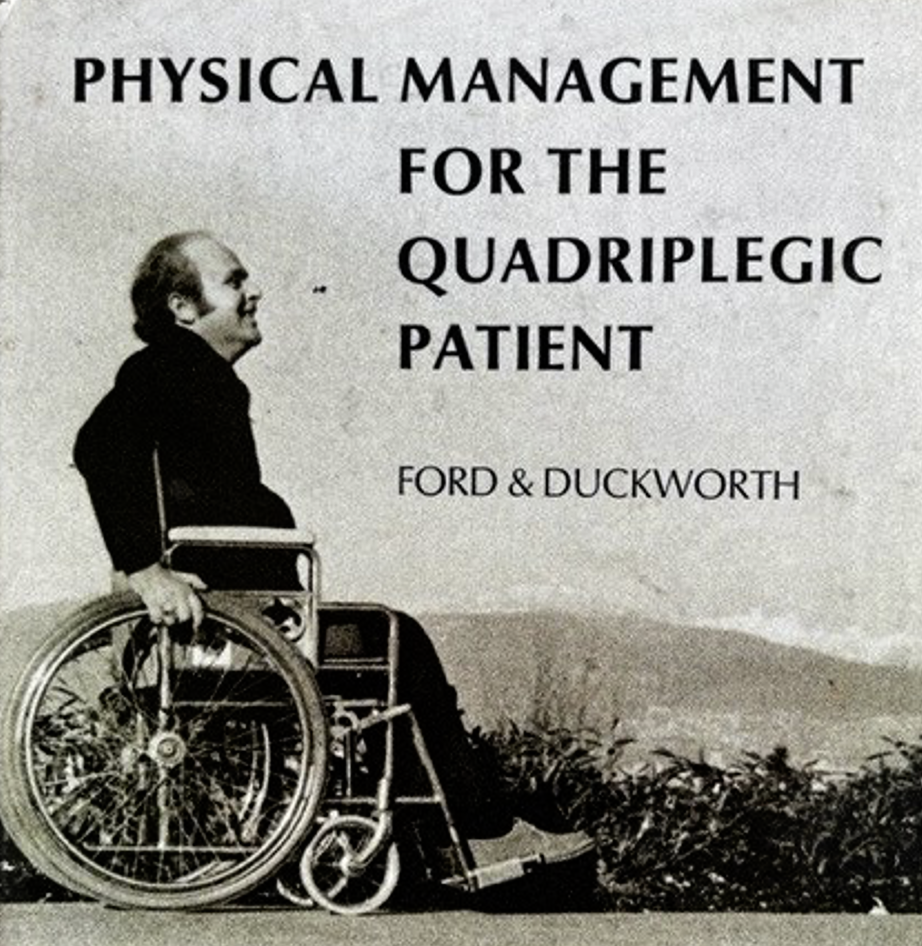When I began studying OT, I literally had no idea what job I’d end up in or what the job title even meant.
I was lucky enough to break my way into a large tertiary hospital that had a variety of clinical settings, but it wasn’t until I rotated through the Spinal Injuries Unit that I knew I’d found my calling.
I absolutely loved assistive technology- from manual to powered wheelchairs, commodes, to beds and hoists, my OT role encompassed trialling and scripting assistive technology for all clients. It was an incredible role to be in as it provided me with the means of enabling clients to gain back independence after acquiring a sudden and significant injury.
Clients who had no movement below their neck could be totally independent with their indoor and outdoor mobility via a head array system on their PWC. Bluetooth could enable high-level quadriplegics to open their front doors, open blinds and control their TVs and smartphones through their PWC controller.
I never gave much thought about the advances of AT or where this space began, until one of my clients (who was in his mid-60s) said to me during upper limb therapy, “I’m so lucky I had my injury now and not when I was 20 because I would have been stuck in bed back then".
Surely PWCs still existed back then I thought and then I stumbled across what has become my favourite book to date. It shows how far AT has come and how important ‘Innovating for Individuals’ is.

It showed real clients completing a range of ADLs without the AT we have access to today. The techniques these individuals were able to learn and use to gain back their independence, in my opinion, are truly incredible. There are no fancy custom-built carbon fibre MWCs, no active backrests with deep contouring, no ceiling hoist tracks with remote control technology and no Bluetooth head array systems.
Toilet Transfers:
Here are some photos showing techniques used for toilet transfers. These women removed their backrests and then lift themselves back onto the toilet.


Scripting customs commodes weekly, the thought of completing a toilet transfer like this quite literally never crossed my mind. After thinking about it, I did think, even this would be easier now with quick-release hardware on backrests.
This toilet transfer shows and man transferring front on and then using grab rails and a pillow to maintain his sitting balance, whilst completing his bowel care. The book also highlights this transfer is possible for clients with tight hamstrings, as opposed to the previous toilet transfer.


MWC Propulsion:

This pictures’ footnote states 'In some cases, a patient is unable to maintain balance in the chair while wheeling and not tolerate a safety belt across the chest. In such instances, he may wheel while placing one or both arms behind the pushing handles. However, this restricts his shoulder flexion and causes him to lose a considerable amount of driving power’.
I’ve never felt more spoilt for backrest choice. To think we can now choose the material, depth of contouring and laterals and ensure an MWC has enough seat slop (aka dump/rake) to enable someone to maintain pelvic and posture stability to efficiently self-propel their MWC is great.
Head Array Systems:


And finally, here we can see someone using a head array system to drive a powered chair.
I can’t even begin to imagine how difficult this must have been or what the suspension system on the PWC was like.
So where will AT take us? Will I be looking back at pictures of current AT in 40 years and think ‘well that wasn’t ideal’. I really hope so, because imagine what advances are around the corner and what they might enable people to participate in and achieve.
I can’t wait to see where this space takes those who rely on AT for their daily mobility and ADL participation.
.jpg?width=576&height=384&name=F5VS%20Boy%20bridge%20night_2639.5%20(1).jpg)
You can reach out to our Clinical Education team at education.au@permobil.com or Education.NZ@permobil.com to discuss anything AT related.
References:
Ford, J & Duckworth, B 1974, Physical Management for the Quadriplegic Patient, Strong Rehabilitation Centre, Vancouver.

Rika Millen
Clinical Services Specialist
Permobil APAC
Rika Millen joined Permobil in May 2022, as a Clinical Services Specialist. After graduating from Western Sydney University in 2014, with a Bachelor of Health Science/Master of Occupational Therapy, Rika began working at Prince of Wales Hospital in Sydney. After rotating through a range of clinical areas, Rika moved into the Spinal Injuries Unit, where her passion for seating and assistive technology was ignited. Rika has since worked closely with clients and therapists across Seating Clinic, Spinal Pressure Care Clinic and the Spinal Injuries Unit to devise customised seating solutions to enable clients to reach their goals. Most recently working as the OT Team Leader in the Spinal Injuries Unit, Rika developed a passion for teaching and mentoring clinicians, which she hopes to develop and expand on in her new role at Permobil. Outside of work you’ll find Rika running, hiking, skiing or working on her golf handicap.
